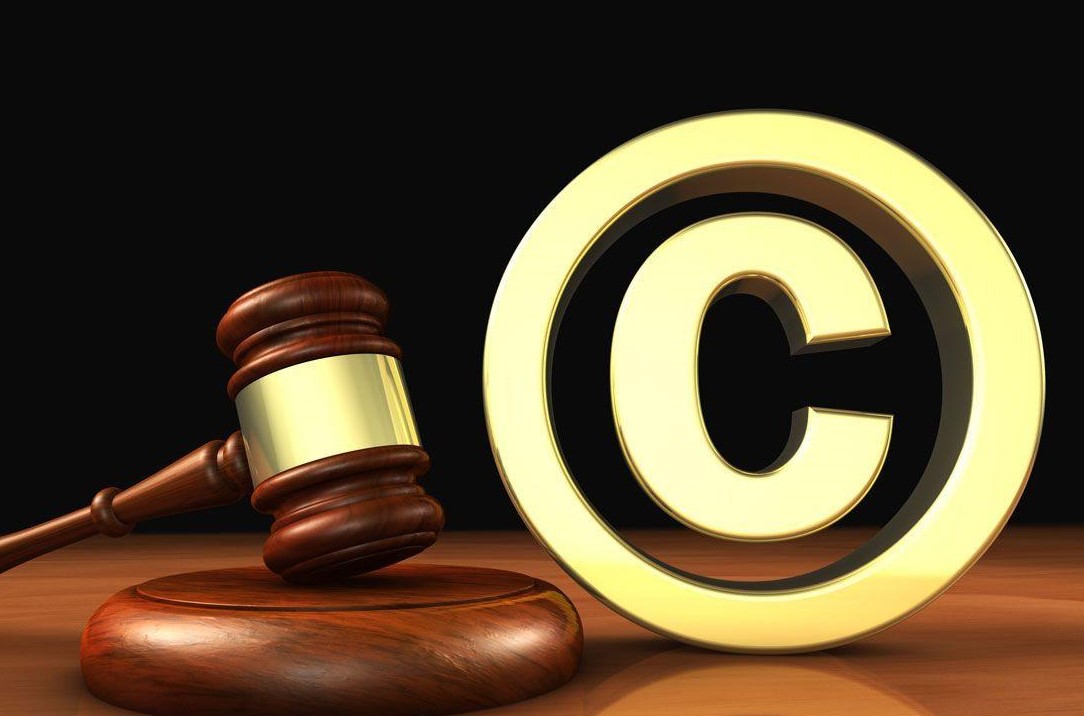I am studying in the third year of the State University of Economics and Technology.I specialize in contractual, economic and corporate law, in particular, I provide consultations and write articles.
Objects of creative activity that have the status of objects of intellectual property rights are mostly created individually, but sometimes creativity acts as a unifying factor for two or more people, which gives rise to such a concept as "co-authorship". In general, co-authorship is the joint creative activity of several people, the result of which is the creation of a work. With the emergence of co-authorship, questions may arise about the distribution of remuneration for its use, determination of the scope of rights of each of the co-authors, as well as about the available methods of protection of violated copyrights - and all these questions can be regulated first by legislation, and secondly by the authors themselves in the corresponding contract. From this statement follows the exclusive importance of the contract between the co-authors, which is a tool for avoiding contradictions and disputes in the future.
Legal features of co-authorship:
First of all, it is worth paying attention to the types of co-authorship, because this legal basis will later determine the scope of rights that each of the co-authors will have. Types of co-authorship:
• Separable. The parts contributed by each of the co-authors can be singled out and used independently of the others. Under such conditions, each of the authors can use their part, exercise property rights to it (personally, with the help of a representative, or a collective management organization). It is important that the co-author's exercise of property rights to his part does not prevent the use of the entire work and does not limit the rights of other co-authors.
• Inseparable. The contribution of each of the co-authors cannot be singled out, that is, the work created in co-authorship is a single whole. In this case, property rights to the work will belong jointly to all authors. Each of them can exercise their rights in agreement with other co-authors. At the same time, the co-author may not unreasonably deny permission to other co-authors to publish or rework the created work.
According to Art. 436 of the Civil Code, the copyright for a work belongs to the co-authors jointly, regardless of the type of co-authorship established between them. As already mentioned, the contract itself is of exclusive importance in co-authorship relations, and therefore it is worth highlighting all its features. When concluding a contract, you should pay attention to its terms, namely: the subject matter (relationships regulated by it), the distribution of remuneration for use, the extent of the rights and obligations of the parties, the order of use of the work, responsibility for non-fulfillment of the terms of the contract, its validity period. Other conditions may be included in the contract, taking into account the type of work and the wishes of the co-authors. It is important to pay attention to the condition on the payment of remuneration, because the law establishes the principle according to which each of the co-authors will receive remuneration in equal shares, but in practice there are quite often cases of uneven distribution. This is due to the fact that the share of each of the co-authors may not always be equal, and therefore there is a need for an uneven distribution of remuneration for its use. In any case, all these details must be specified in the contract. It is also worth noting the importance of distinguishing such concepts as "cooperation" and "co-authorship", because the collective work of several people within the scope of the task provided by a certain organization will not create co-authorship. Co-authorship also does not arise in the case when a certain person provided technical and financial assistance to the author. If the work was created by an employee working under the terms of an employment contract, he will have personal non-property rights to the created work, and the property rights will pass to his employer.
Protection of infringed copyrights:
If the rights belonging to each of the co-authors are violated, the terms of the contract between them are not observed, then there is an opportunity to resolve the dispute in two ways: pre-trial method, court procedure. The pre-trial method of dispute settlement may involve negotiations between the co-authors themselves, or with other persons. In particular, the mediation procedure is of exceptional importance, as a pre-trial, voluntary procedure in which the parties, with the participation of a mediator, conduct negotiations to settle the dispute. Court delays, expenses, emotional stress - copyright holders are not always ready for all this, and therefore the pre-trial method of dispute settlement will gain relevance. If it was not possible to renew the violated rights in an alternative way, then you can apply to the court with a lawsuit. The result of the appeal may be the recognition of the copyright, the cessation of actions that violate it, the restoration of the previous position, compensation for damage.
Consultation of a lawyer in the protection of copyright:
The services of a lawyer may be needed both at the stage of concluding a contract between co-authors and when implementing the above methods of protection and their legal evaluation. Legal analysis of the situation, providing consultations, drawing up procedural documents, representing the plaintiff's interests - all this will depend on the lawyer. A lawyer is of exceptional importance in the pre-trial settlement of disputes, because a balanced legal position, legal analysis and coordination of all actions with the requirements of the law are important factors that will increase the probability of success.





























